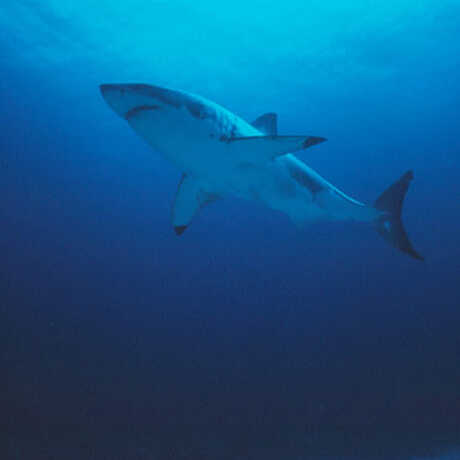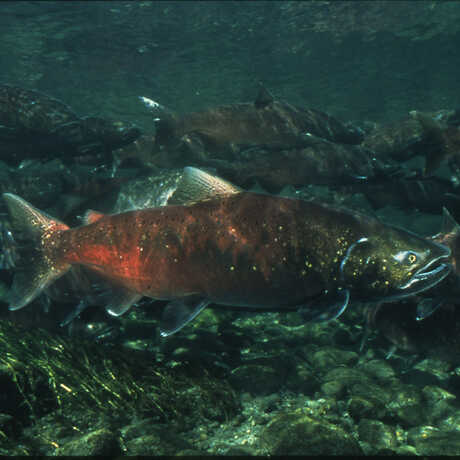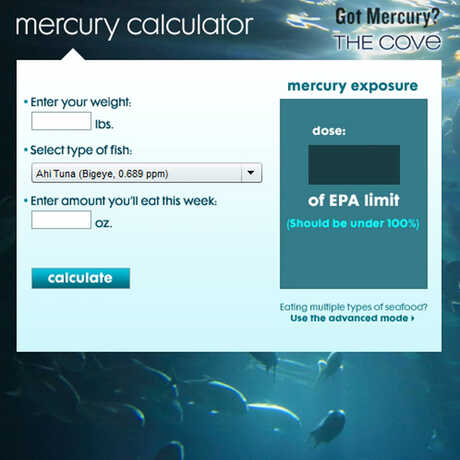Dr. John E. McCosker
Aquatic Biology
California Academy of Sciences
55 Music Concourse Dr.
San Francisco, CA 94118
E-mail
415-379-5285
Advice to Swimmers, Surfers, Kayakers & Divers Concerning Sharks in California Waters by John E. McCosker, PhD






